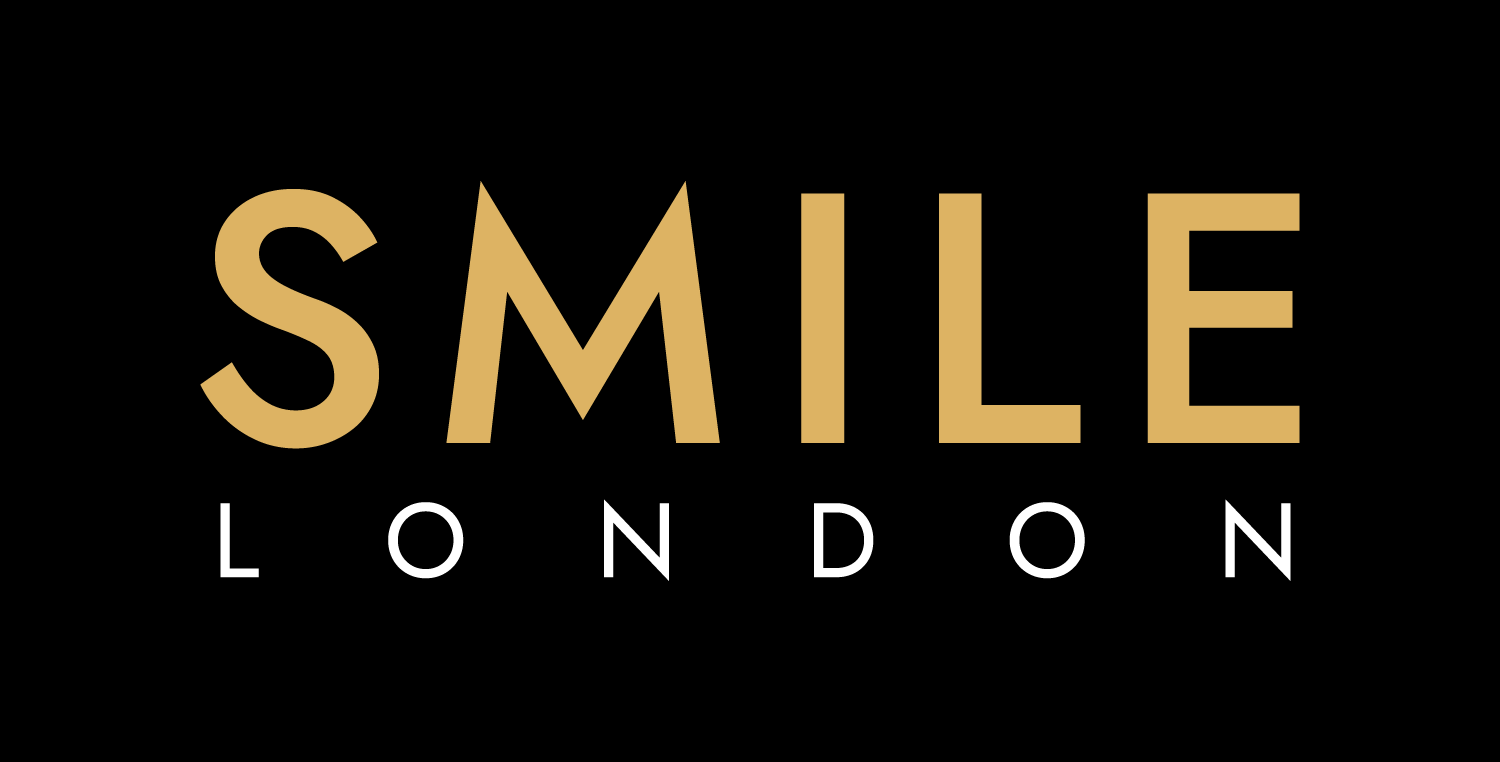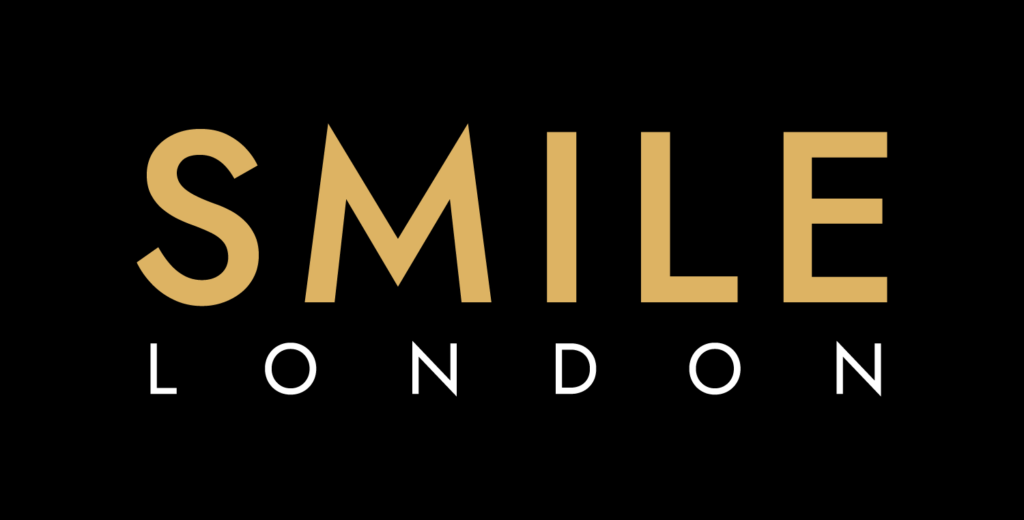Embarking on a journey to correct an overbite opens up a world of possibilities, with orthodontic solutions offering effective paths to a beautifully aligned smile. In this exploration, we’ll delve into the transformative realm of orthodontics, spotlighting two primary solutions for overbites: traditional braces and Invisalign.
Understanding Overbites
Before we dive into the solutions, let’s briefly revisit what an overbite entails. An overbite occurs when the upper front teeth extend beyond the lower front teeth. While slight overbites are normal, severe cases can impact both aesthetics and oral health, making orthodontic intervention valuable.
1. Traditional Braces:
How They Work: Traditional braces have been a stalwart in orthodontics for decades. Comprising metal brackets, wires, and elastic bands, braces apply gentle, continuous pressure on teeth to guide them into proper alignment.
Advantages:
- Highly effective for various orthodontic issues, including severe overbites.
- Provides precise control over tooth movement.
Considerations:
- Some may prefer less visible options.
2. Invisalign:
How It Works: Invisalign takes a more modern and discreet approach. Clear, removable aligners gradually shift teeth, offering a virtually invisible method of orthodontic treatment.
Advantages:
- Particularly suitable for mild to moderate overbites.
- Virtually invisible, addressing appearance concerns.
- Allows for removal during eating, brushing, and flossing.
Considerations:
- May not be recommended for complex cases.
3. Exploring Customized Solutions:
Orthodontic treatment is not one-size-fits-all. Depending on the individual’s needs and preferences, orthodontists may recommend variations or combinations of these approaches, such as:
- Lingual Braces: Braces placed on the back of teeth for a more discreet appearance.
- Clear Braces: Transparent brackets for reduced visibility compared to traditional braces.
- Retainers: Used post-treatment to maintain the corrected position of teeth.
Choosing the Right Path:
The decision between traditional braces and Invisalign, or a combination of approaches, depends on individual factors.
- Severity of Overbite: Braces are versatile and can address a wide range of orthodontic issues, making them suitable for severe overbites. Invisalign is ideal for milder cases.
- Appearance Concerns: Invisalign offers a more inconspicuous option, making it appealing for those concerned about the appearance of traditional braces.
- Lifestyle and Maintenance: Invisalign’s removable nature allows for easier maintenance and flexibility in daily activities. Braces, while effective, require regular adjustments and involve dietary restrictions.
Conclusion
Orthodontic solutions provide transformative opportunities for individuals seeking to correct overbites. Whether opting for the time-tested reliability of traditional braces, the discreet elegance of Invisalign, or a customized combination, the goal remains the same – achieving a healthier, more confident smile. Consulting with an orthodontist is the first step in this journey, guiding you towards the most suitable path to a beautifully aligned grin. Embrace the transformation, and let your radiant smile shine!


